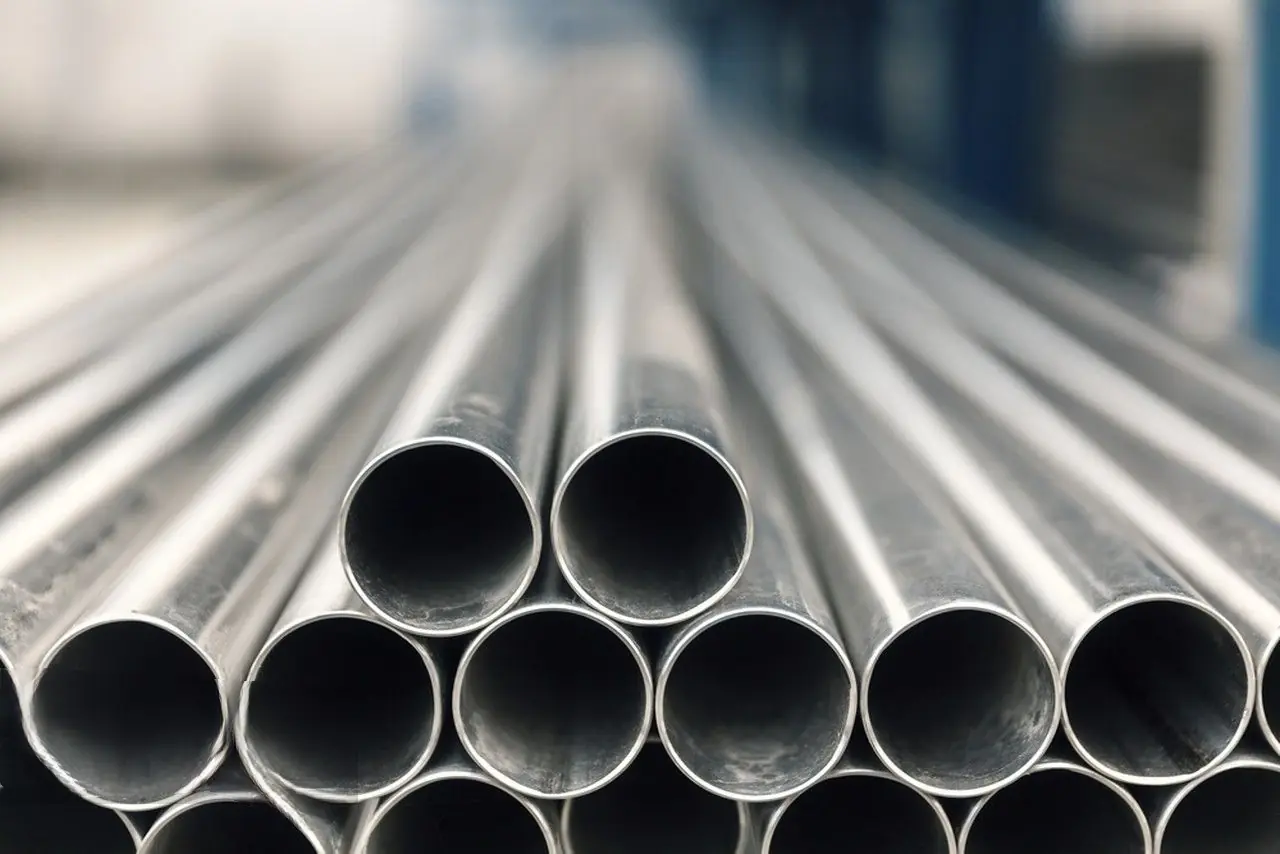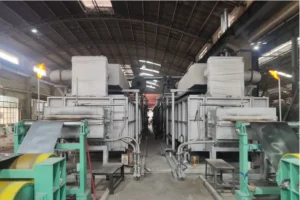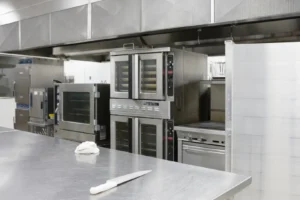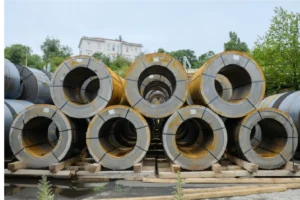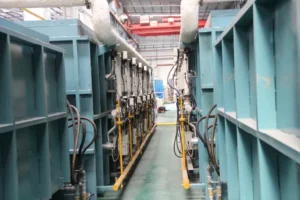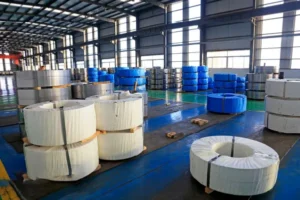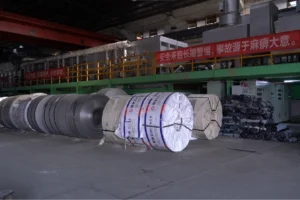How to Choose Precision Stainless Steel Coil: Optimizing Yield for Stamping Applications
Struggling with material waste and low efficiency in your stamping operations? Inconsistent coil quality leads to costly downtime and rejected parts. Selecting the right precision stainless steel coil is key.
Choosing the right precision stainless steel coil involves a five-step process: understanding your application's needs, evaluating coil properties, selecting precise dimensions, assessing surface quality, and implementing yield optimization techniques. This systematic approach directly boosts stamping efficiency and reduces waste.

As the Global Business Director at MFY, I've seen countless manufacturing operations transform their profitability. The secret often isn't a radical new machine, but a more intelligent approach to the raw material itself. Choosing the right precision stainless steel coil is a strategic decision that pays dividends in reduced scrap, higher output, and superior product quality. Let's walk through the five essential steps to get it right and maximize your yield.
How Do You Understand the Requirements of Stamping Applications?
Starting a stamping project without a clear material spec? This leads to poor performance and rework. We help you define exactly what your application needs for success.
To understand your stamping application's needs, you must analyze the final part's geometry, required mechanical strength, formability demands (like deep drawing), and environmental exposure. This defines the necessary grade, temper, and finish.
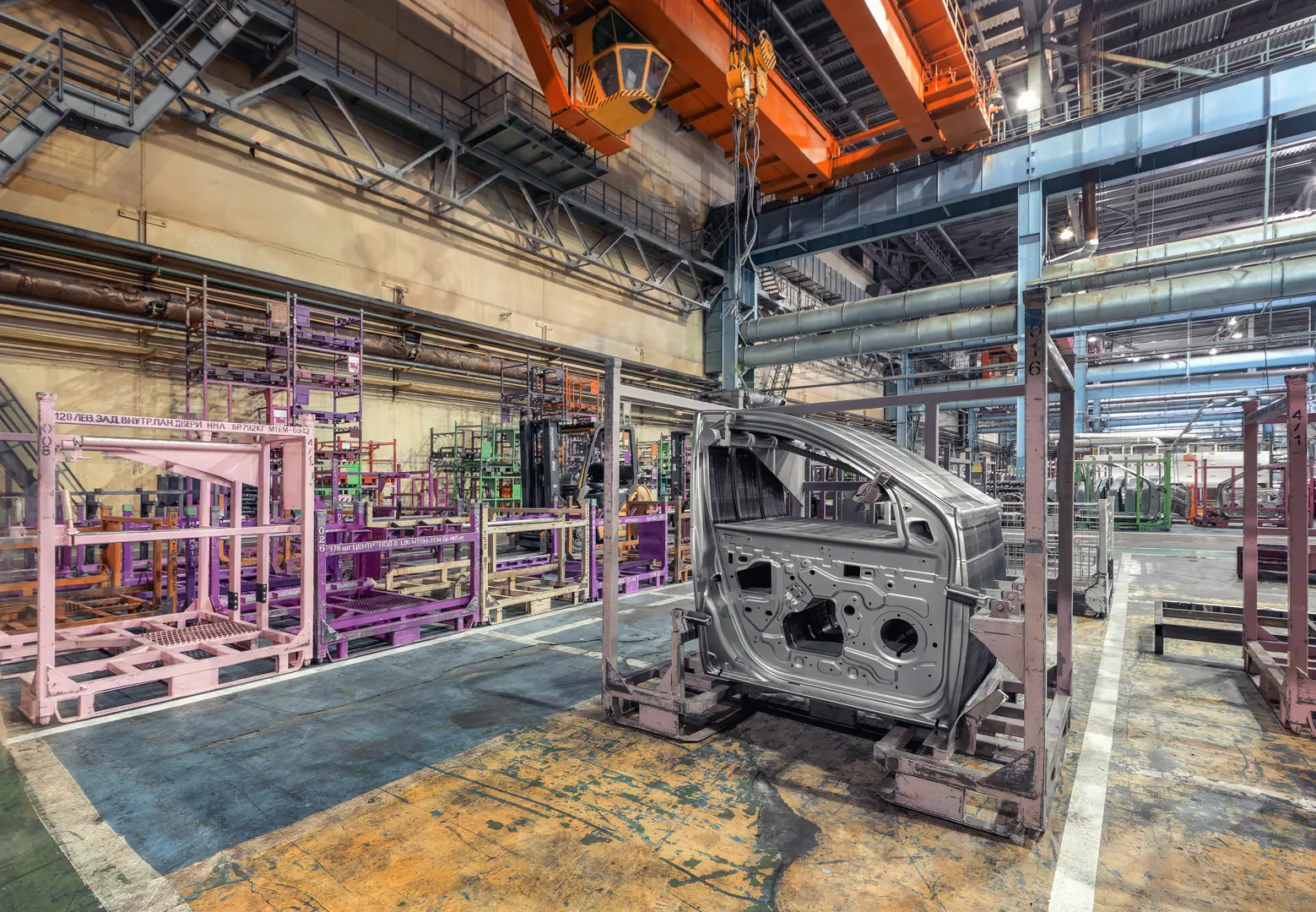
Before you even think about a specific coil, you must deeply understand the part you are trying to create. The success of your entire stamping process hinges on this initial analysis. This goes beyond just looking at a 2D drawing; it requires a holistic view of the part's lifecycle and function. I remember a client in the electronics sector who was experiencing high failure rates with a small, complex housing. They were focused on cost, using a standard-grade material that simply couldn't handle the tight radii of their design, leading to cracking during the forming stage. By stepping back and analyzing the application's true needs, we were able to recommend a more suitable grade that eliminated the issue, ultimately saving them money by drastically reducing defects.
Analyzing Part Complexity and Formability
Is the part a simple bracket, or is it a deep-drawn component with complex curves? The more intricate the geometry, the more formable the material needs to be. This means looking for a grade with good elongation properties and a lower work-hardening rate. For deep-drawing applications, you must ensure the material can stretch without thinning excessively or fracturing.
Defining Mechanical and Environmental Needs
What forces will the final part endure? Will it be a structural component requiring high tensile strength[^1], or a decorative piece where appearance is paramount? You also need to consider its operating environment. A part used in a marine environment will demand a corrosion-resistant grade like 316, whereas an indoor component might be perfectly served by a more economical 430 grade.
| Grade | Key Characteristic | Common Stamping Application |
|---|---|---|
| 304 | Excellent formability, good corrosion resistance | Kitchen sinks, cookware, automotive trim |
| 316 | Superior corrosion resistance (marine/chemical) | Marine hardware, chemical processing equipment |
| 430 | Good corrosion resistance, magnetic | Appliance panels, decorative trim |
How Should You Evaluate the Properties of Precision Stainless Steel Coils?
Confused by technical data sheets? Misinterpreting properties like tensile strength or elongation can ruin a production run. We make it simple to evaluate what truly matters.
Evaluate precision coils by examining their mechanical properties (tensile strength, yield strength, elongation), chemical composition, and dimensional tolerances. Verifying these against your application's requirements ensures the material performs predictably under the stress of stamping.
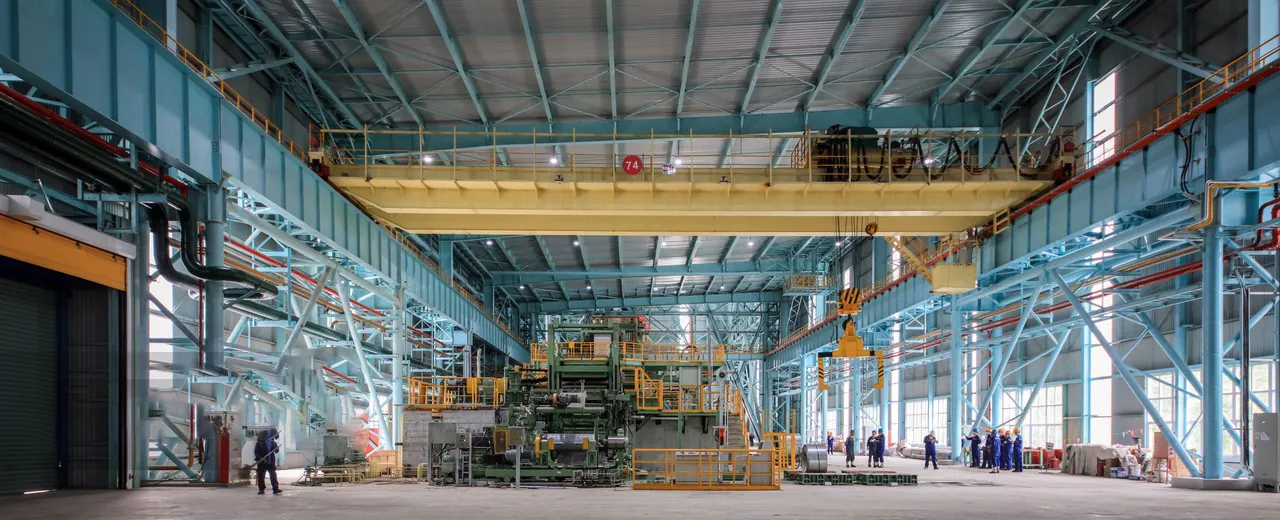
Once you know what your application needs, you can evaluate a supplier's material against those benchmarks. This is where the "precision" in precision stainless steel becomes critical. It's not just about the average properties listed on a spec sheet; it's about the consistency of those properties from the beginning of a coil to the end, and from one coil to the next. In high-volume stamping, especially in sectors like automotive, even minor deviations in material properties can significantly impact production efficiency. A slight increase in yield strength can lead to springback issues, while a drop in elongation can cause unexpected fractures, leading to tool adjustments and costly downtime.
Key Mechanical Properties for Stamping
You must focus on the properties that directly influence how the material behaves in the die.
- Tensile Strength: The maximum stress the material can withstand before breaking.
- Yield Strength: The point at which the material begins to deform permanently. A lower yield strength is often better for complex forming.
- Elongation: How much the material can stretch before fracturing. Higher elongation is crucial for deep drawing.
The Importance of Consistency
At MFY, our integrated supply chain gives us tight control over the entire production process, from raw materials to final slitting. This allows us to guarantee not just that a coil meets spec, but that it does so with minimal variation. This consistency is the foundation of a stable, high-yield stamping process.
| Temper | Description | Formability |
|---|---|---|
| Annealed | Softest state | Excellent |
| 1/4 Hard | Lightly cold-rolled | Good |
| 1/2 Hard | Moderately cold-rolled | Fair |
Why is Selecting the Right Coil Thickness and Width Crucial?
Are you losing money on excess scrap from poorly sized coils? Incorrect dimensions lead directly to material waste. We help you choose the perfect size for maximum yield.
Selecting the correct coil thickness and width is crucial because it directly impacts material yield and stamping tool performance. Precise dimensions minimize scrap, reduce tool wear, and ensure the final part meets its design specifications without costly adjustments.

This step is where you can unlock significant cost savings. Every millimeter of unnecessary material in your coil's width becomes scrap, and every micron of deviation in thickness can affect your process. I worked with an automotive parts manufacturer who was buying standard-width coils and generating about 18% scrap. By analyzing their part nesting, we determined that a custom-slit coil, just 15mm narrower, would be far more efficient. This simple change reduced their material scrap to under 5% and delivered massive annual savings. This is a perfect example of how choosing the right partner, one who can provide precision slitting, is as important as choosing the right material.
The Impact of Thickness Tolerance
For stamping, a consistent thickness is non-negotiable. If the thickness varies, the clearance between your punch and die will change. If the material is too thick, it can cause excessive tool wear or even damage. If it's too thin, the final part may not meet dimensional specs or strength requirements. A precision coil with a tight thickness tolerance ensures every part you stamp is virtually identical.
Optimizing Width for Nesting
The width of the coil should be optimized for the "nesting" of your parts. Nesting is the arrangement of parts on the coil strip to minimize the material left behind in the "skeleton." Modern software can calculate the optimal arrangement, and your material supplier should be able to provide a custom-slit coil to match that ideal width. This single act of optimization has a direct and immediate impact on your material yield and profitability.
What Role Does Surface Finish and Quality Play?
Do surface defects cause part rejections? Scratches and inconsistencies can ruin your product's appearance and function. A quality finish is not just cosmetic; it's essential.
Surface finish and quality are critical for both aesthetics and functionality. A smooth, defect-free surface (like a 2B or BA finish) reduces friction during stamping, prolongs tool life, and ensures the final product has a clean, professional appearance.
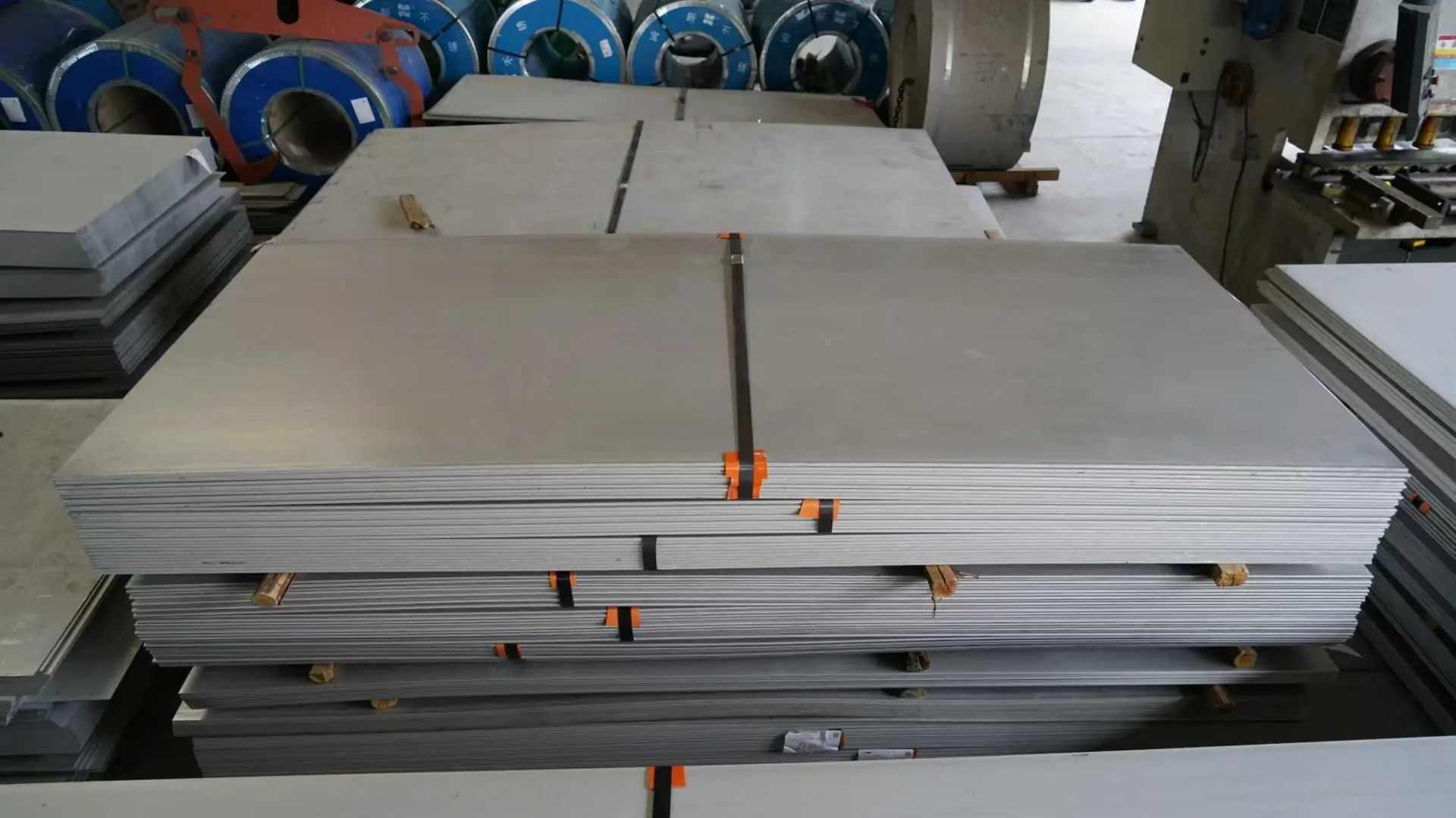
The surface of the stainless steel coil interacts directly with your tooling. A rough or inconsistent surface increases friction, which generates heat and accelerates tool wear. It can also impede the smooth flow of material during forming, leading to defects. For any parts where appearance matters—from kitchen appliances to architectural elements—the surface finish is a primary quality attribute. Any scratches, pits, or roller marks on the raw material will transfer directly to your finished product, leading to rejections and rework. A reliable supplier must have stringent quality control measures in place to protect and inspect the coil surface throughout production and shipping.
Common Surface Finishes Explained
Choosing the right finish depends on the final application.
- 2B Finish: A smooth, moderately reflective cold-rolled finish. It's the most common and versatile finish for a wide range of applications.
- Bright Annealed (BA) Finish: A highly reflective, mirror-like finish produced by heat-treating in a controlled atmosphere. It's used for decorative applications where high reflectivity is desired.
- No. 4 Finish: A polished finish with a directional grain. It's often seen on kitchen appliances and is good at hiding fingerprints.
Why Defects Matter
Even microscopic defects can be a problem. In a stamping operation, these can become initiation points for cracks or tears, especially in high-stress forming. That's why at MFY, we use advanced surface inspection systems to ensure our coils are free from any imperfections that could compromise your process.
| Finish | Reflectivity | Common Use Case |
|---|---|---|
| 2B | Moderate | General purpose, industrial equipment |
| BA | High (Mirror-like) | Reflectors, small appliances, decorative trim |
| No. 4 | Directional Satin | Kitchen appliances, sinks, architectural panels |
What Techniques Can Optimize Yield in Stamping?
Is your scrap bin overflowing? High waste means lost profit. We can show you proven techniques to get more parts from every single coil you purchase.
To optimize yield, use techniques like strategic part nesting on the coil strip, utilizing progressive dies, and maintaining proper tool sharpness. Also, leveraging advanced analytics to predict material behavior helps fine-tune stamping parameters for maximum efficiency.
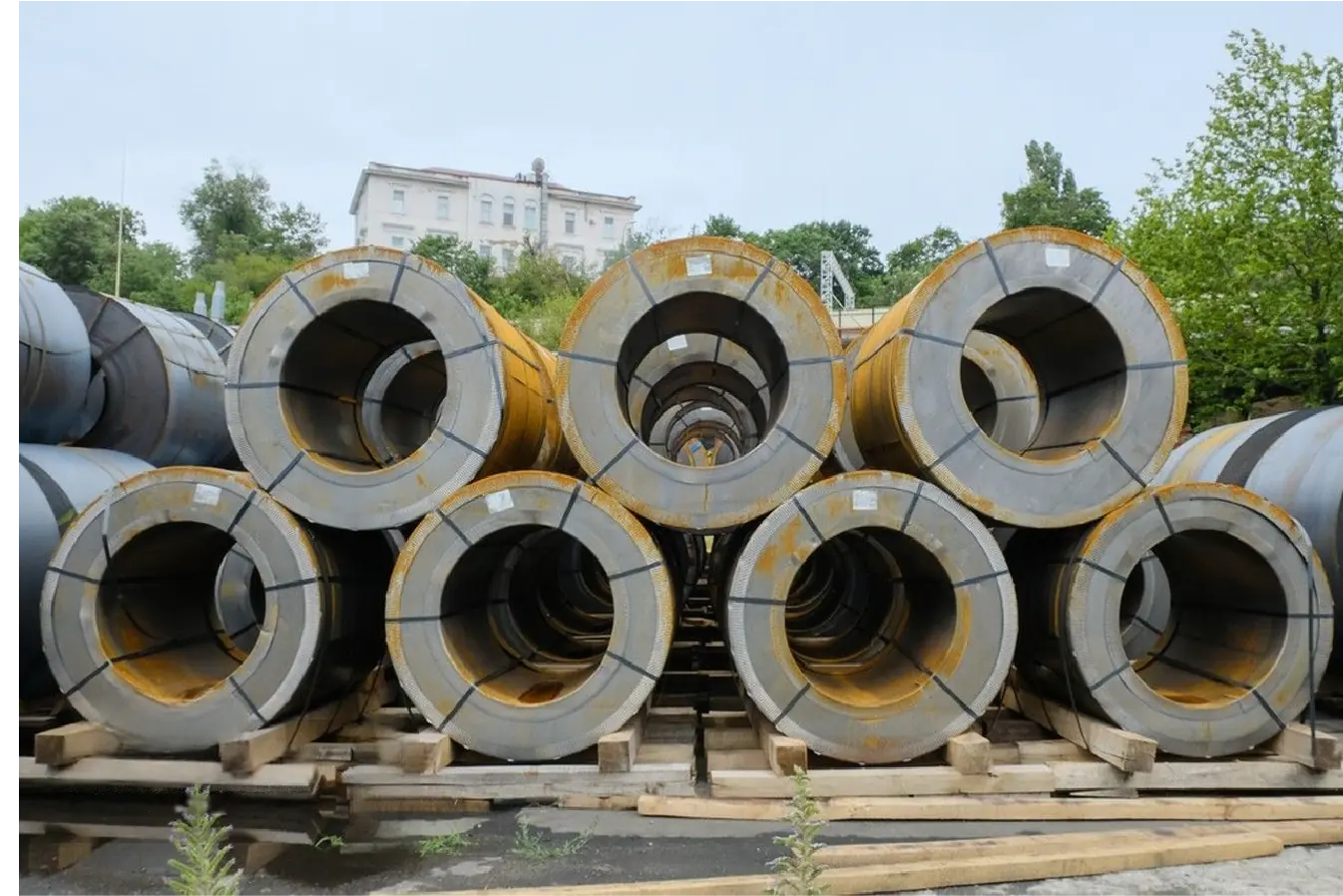
Choosing the perfect coil is half the battle. The other half is using it intelligently. Optimizing yield is an ongoing process of refinement, blending smart operational practices with modern technology. While traditional methods are still vital, the future of competitive manufacturing lies in data. It's about moving from a reactive to a predictive model of production. This is where the partnership with your material supplier becomes truly strategic. We are no longer just delivering steel; we are providing a material solution that is deeply integrated with your production goals.
Traditional Optimization: Nesting and Tooling
As discussed, part nesting is fundamental. Using software to find the most efficient layout is a must. Furthermore, using progressive dies, where a series of stamping operations are performed in sequence as the coil strip feeds through, is far more efficient for high-volume production than single-hit operations. Finally, simple tool maintenance—keeping punches and dies sharp and properly aligned—reduces burrs and extends the life of both the tool and the material.
The Future: Predictive Analytics and Digital Twins
The real breakthrough, however, is in leveraging data. Imagine using a digital twin of your stamping line. By feeding it the precise, certified properties of the exact MFY coil you are about to run, you can simulate the operation and predict outcomes. This allows you to fine-tune parameters like press speed and lubrication before the first part is ever stamped. This predictive approach, which aligns material selection with specific production goals, minimizes trial-and-error, reduces setup time, and maximizes yield from the very first meter of the coil. This is the vision we are helping our clients realize—a smarter, more predictive supply chain that drives unparalleled efficiency.
Conclusion
Choosing the right precision coil is a strategic decision. By systematically evaluating your application needs, material properties, dimensions, and finish, and by embracing modern optimization techniques, you can transform your stamping operation, maximizing yield and securing a strong competitive advantage in your market.
Have Questions or Need More Information?
Get in touch with us for personalized assistance and expert advice.
